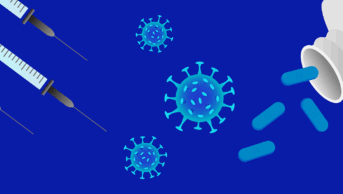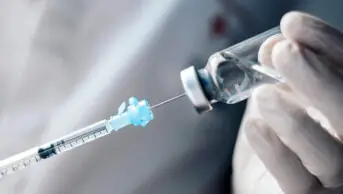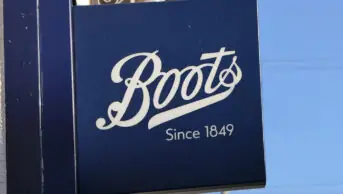The assassination of US President Abraham Lincoln took place 150 years ago, on 14 April 1865. Most readers of The Pharmaceutical Journal will be aware that Lincoln was shot by John Wilkes Booth at Ford’s Theater in Washington, DC. But how many know that a pharmacist was Booth’s main accomplice in his bid to escape capture?

Source: Library of Congress archives.
David E Herold, pharmacist and one of the conspirators in the assassination of Abraham Lincoln
The pharmacist was David Edgar (“Davey”) Herold. He was born in 1842 as the sixth of 11 children of the chief clerk at the naval storehouse in Washington Navy Yard. The family was well off and lived in a large brick house close to the navy yard.
After schooling at a Jesuit high school, Herold studied pharmacy at Georgetown College. He qualified in 1860 and went on to work in several pharmacies in Washington. In 1863, while working at Thompson’s Pharmacy in the heart of the city, he may have delivered a bottle of castor oil to the White House and personally handed it to Abraham Lincoln.
It has been suggested that Herold and Booth first met in 1863, when Booth purchased drugs to treat a growth on his neck. It was then the middle of the American Civil War (1861–1865), and Booth was involved in smuggling quinine to the Confederate South. Perhaps he cultivated a friendship because of Herold’s access to medicines.
By early 1865, Booth had recruited Herold into a small group of conspirators who were scheming to help the Confederacy’s cause by kidnapping the President and taking him south. Planning their route may have been aided by Herold’s detailed knowledge of the Maryland countryside, where he loved to spend time hunting birds.
However, the conspirators changed their minds and decided not to kidnap Lincoln but to kill him, along with Vice-President Andrew Johnson and Secretary of State William H Seward. The assassinations were planned for the night of 14 April 1865, but in the event only Lincoln was killed. Seward was severely injured but survived, and the conspirator who was assigned to kill Johnson never made the attempt.
After shooting Lincoln, Booth escaped from the theatre, jumped on his getaway horse and met Herold at the Maryland border. They proceeded to the home of Dr Samuel Mudd, who set Booth’s fractured leg (probably injured in a fall from his horse rather than jumping onto the theatre stage from the President’s box, as is widely believed). The two men then continued their escape through Maryland and Virginia, seeking refuge with a succession of Confederate sympathisers. But early on 26 April 1865, the authorities cornered them in a tobacco barn. Herold surrendered but Booth refused to lay down his arms and was shot. He died three hours later.
Herold was tried before a military tribunal. Since he had already admitted involvement in the conspiracy, the only defence his lawyer could offer was that Herold was feeble-minded and under undue influence from Booth. Not surprisingly, the defence was unsuccessful. Herold was sentenced to death on 6 July 1865 and hanged the next day, alongside three other condemned conspirators.


